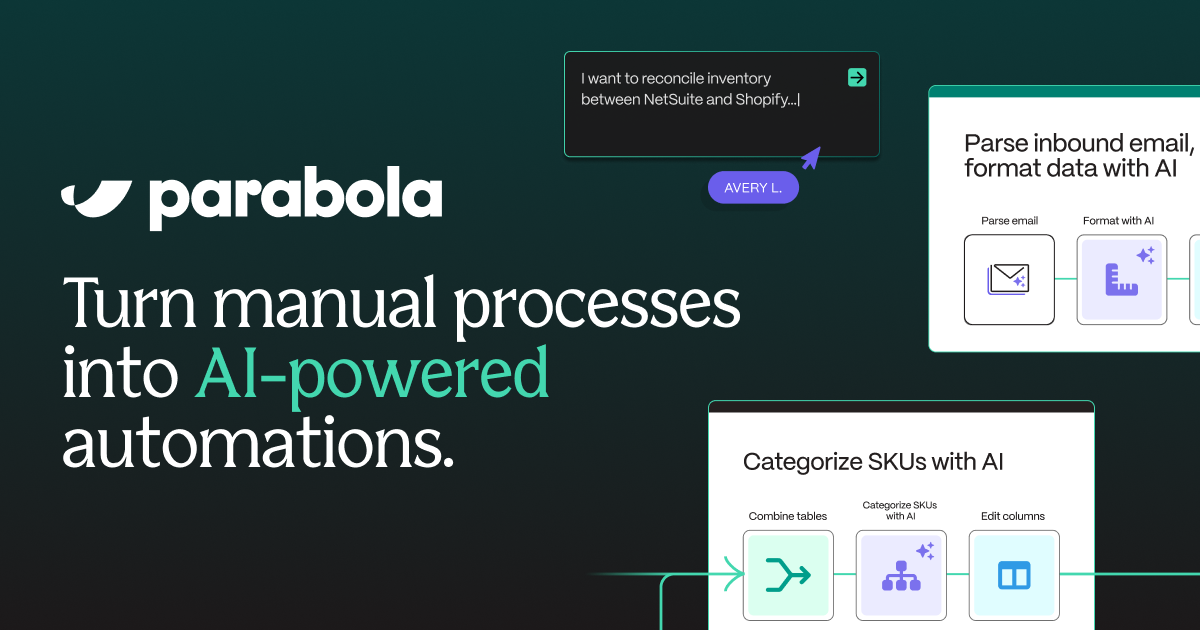Count Days Between Dates Within Your Shiphero Data – Free Template
Count days between dates within your ShipHero data without writing a single line of code.

Count days between dates within your ShipHero data without writing a single line of code.









Parabola seamlessly integrates with ShipHero to help you automate your data analysis and reporting processes without any coding required.
Getting started with ShipHero data in Parabola is straightforward using the Pull from ShipHero step. This step allows you to access various types of data from your ShipHero account, including orders, inventory, and shipping information.
Once your ShipHero data is imported, you can use the Compare dates step to calculate the time difference between any two date fields. This powerful feature allows you to perform complex date calculations without writing any code.
Calculating date differences in your ShipHero data can provide valuable insights for various business applications. Here are some common use cases that can help optimize your operations.
Track the time between order placement and fulfillment to identify bottlenecks in your processing workflow. This information can help you optimize staffing levels and improve overall operational efficiency.
Compare promised delivery dates with actual delivery dates to monitor carrier performance and ensure customer satisfaction. This data can inform future shipping carrier selections and help manage customer expectations.
Calculate how long specific items have been in inventory to better manage stock levels and implement effective inventory rotation strategies. This helps prevent overstock situations and optimize warehouse space utilization.
Using Parabola to analyze date differences in your ShipHero data provides valuable insights that can help optimize your operations and improve customer satisfaction. By automating these calculations, you can save time and make data-driven decisions to grow your business.








Request a demo and see how Parabola can automate
your most manual SOPs.